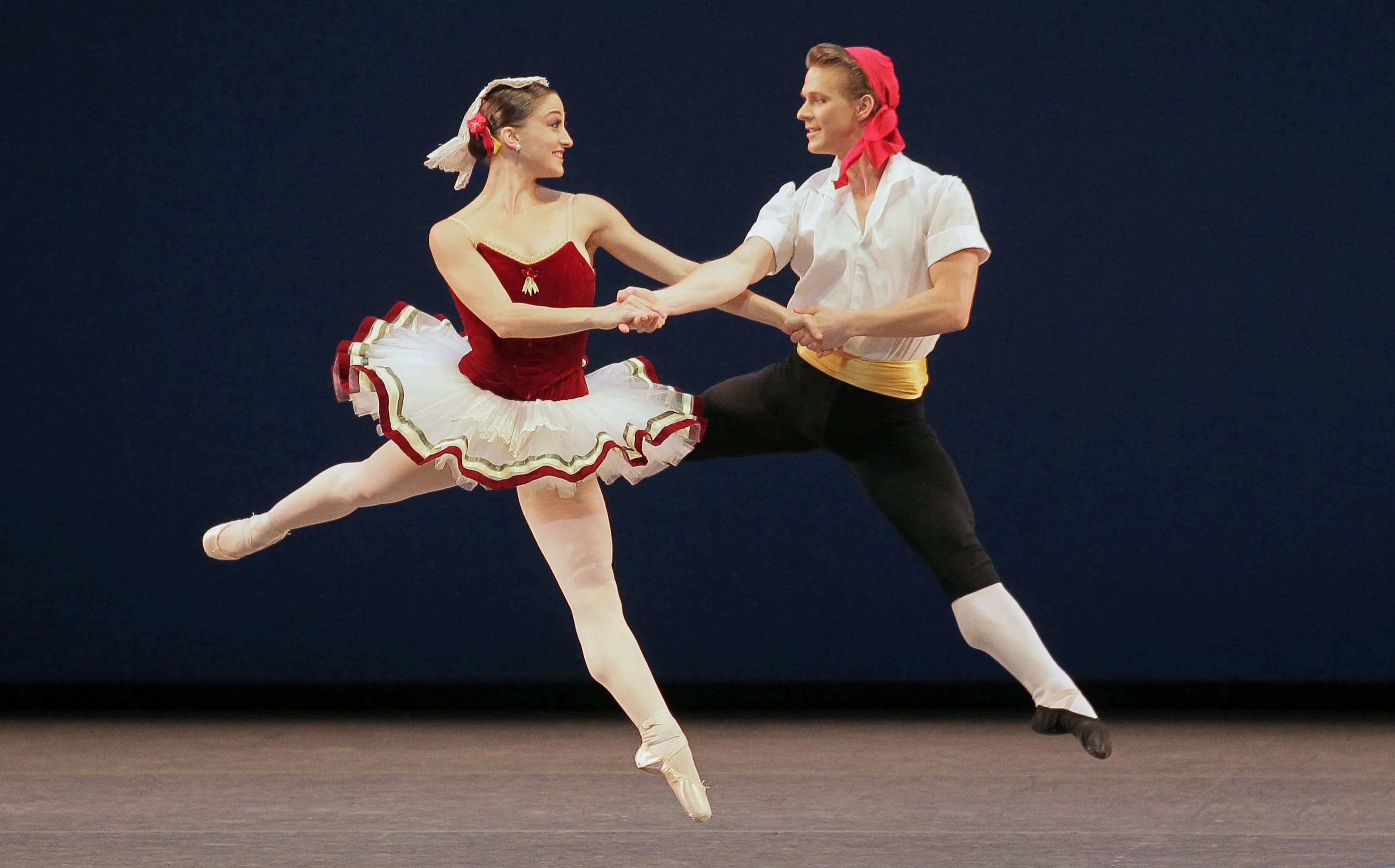
The Tarantella is a captivating and lively Italian folk dance that has enchanted audiences for centuries. Its infectious rhythm and spirited movements have made it a beloved cultural tradition, both in Italy and around the world. In this article, we will delve into the fascinating world of the Tarantella, uncovering its rich history, cultural significance, and enduring appeal. Whether you're a seasoned performer, a curious enthusiast, or simply someone looking to expand their cultural horizons, the Tarantella offers a vibrant and enthralling journey. So, let's embark on a rhythmic adventure and uncover six compelling facts about the Tarantella that will deepen your appreciation for this timeless dance.
Key Takeaways:
- The Tarantella is a lively Italian dance with regional variations, celebrating joy and togetherness. It continues to thrive in modern times as a vibrant symbol of Italian heritage.
- The Tarantella dance is linked to tarantism and has influenced music and art. Its energetic and joyful nature adds to the festive atmosphere at weddings and festivals.
Tarantella is a Traditional Italian Dance
The Tarantella is a lively and rhythmic folk dance that originated in the southern regions of Italy. It is characterized by its fast tempo and upbeat music, making it a popular and vibrant form of traditional Italian dance.
The Tarantella dance is often performed at weddings, festivals, and other celebratory events, where its energetic and joyful nature adds to the festive atmosphere. The dance is a cherished part of Italian cultural heritage and continues to be passed down through generations.
The Dance is Associated with Tarantism
The Tarantella dance is closely linked to the phenomenon of tarantism, a form of hysteria believed to result from the bite of a tarantula or wolf spider. Historically, it was thought that those bitten by these spiders would experience symptoms such as restlessness, anxiety, and a compulsive urge to dance.
The Tarantella dance was believed to be a cure for tarantism, as the frenzied movements and lively music were thought to expel the venom from the body. While the dance is no longer considered a medical treatment, its association with tarantism remains an intriguing aspect of its cultural history.
It Has Influenced Music and Art
The Tarantella dance has not only left its mark on the world of dance but has also inspired various musical compositions and artistic expressions. Many composers, including Chopin, Liszt, and Rossini, have incorporated elements of the Tarantella into their works, creating lively and spirited musical pieces that capture the essence of the dance.
Furthermore, the Tarantella has been depicted in numerous paintings and artworks, showcasing its significance as a cultural symbol. Its infectious energy and captivating movements have inspired artists across different mediums, leaving a lasting imprint on the world of music and art.
There are Regional Variations of the Tarantella
While the Tarantella is recognized as a quintessentially Italian dance, it is important to note that there are regional variations that reflect the diverse cultural tapestry of Italy. Different regions have their own unique styles of the Tarantella, each with distinct choreography, music, and costumes that reflect the local traditions and heritage.
These regional variations add depth and richness to the Tarantella, highlighting the cultural diversity within Italy and showcasing the dance's ability to adapt and evolve within different communities.
The Dance Celebrates Joy and Togetherness
At its core, the Tarantella is a celebration of joy, unity, and togetherness. It is often performed in a group setting, with dancers joining hands and moving in lively circles to the infectious rhythm of the music. The dance embodies a sense of communal spirit and shared jubilation, bringing people together in a joyous expression of cultural identity and camaraderie.
The Tarantella's exuberant and inclusive nature fosters a sense of connection and belonging, making it a cherished tradition that fosters a strong sense of community and shared heritage.
It Continues to Thrive in Modern Times
Despite its historical roots, the Tarantella remains a vibrant and cherished part of Italian cultural expression in the modern era. It is not merely a relic of the past but a living tradition that continues to be embraced and celebrated by people of all ages.
From dance performances at cultural events to contemporary reinterpretations in artistic endeavors, the Tarantella persists as a dynamic and enduring symbol of Italian heritage, ensuring that its spirited rhythms and captivating movements endure for generations to come.
Conclusion
In conclusion, the Tarantella is a captivating and vibrant Italian folk dance with a rich history and cultural significance. Its energetic rhythm and lively movements have made it a beloved tradition that continues to thrive in modern times. By understanding the origins, characteristics, and regional variations of the Tarantella, we gain insight into the diverse tapestry of Italian performing arts. Whether performed at festive occasions or as a form of artistic expression, the Tarantella embodies the spirit of joy and celebration, making it a cherished part of Italy's artistic heritage.
FAQs
What is the origin of the Tarantella?
The Tarantella originated in the southern regions of Italy, particularly in the areas surrounding the city of Taranto. It is believed to have ancient roots, with ties to both pagan rituals and the cult of the tarantula spider.
How is the Tarantella different from other Italian folk dances?
The Tarantella stands out for its lively tempo, intricate footwork, and spirited nature. Unlike other Italian folk dances, the Tarantella is characterized by its rapid pace and exuberant movements, reflecting the joyful essence of Italian culture.
Was this page helpful?
Our commitment to delivering trustworthy and engaging content is at the heart of what we do. Each fact on our site is contributed by real users like you, bringing a wealth of diverse insights and information. To ensure the highest standards of accuracy and reliability, our dedicated editors meticulously review each submission. This process guarantees that the facts we share are not only fascinating but also credible. Trust in our commitment to quality and authenticity as you explore and learn with us.
